| ← back |
Colonial Meetinghouses Featured in this Project |
next → |
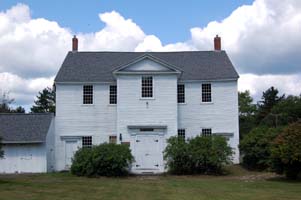 Name of Meetinghouse: Pelham Town Hall
Name of Meetinghouse: Pelham Town Hall
View on a mapStreet Address of Meetinghouse: Corner of US Rt. 202 and Amherst Road, Pelham, MAYear(s) Built: 1743 National Register of Historic Places Designation: 1971 Massachusetts Historic Landmark: 1967 Organization responsible: Town of Pelham Historical Commission Organization's address: 351 Amherst Rd., Pelham, MA 01002-9778 Organization's web site: pending Town Information: Town of Pelham, Massachusetts Additional historical information: Pelham Library Tax status: Municipal Government - tax exempt, non-profit IRS Section 115 and MA 69H, Sections 6D & E Contact: Joseph S. Larson, Chairman, Pelham Historical Commission, 351 Amherst Rd., Pelham, MA 01002-9778 Telephone: (413) 253-7129 E-mail: larson@tei.umass.edu This page was last updated on: December 4, 2008 Acknowledgements: Much of this text has been taken from the document Pelham Town Hall Complex by Robert Lord Keyes, 2001.
The Pelham Town Hall is a two-story Meetinghouse design measuring 46 by 36 feet with a gabled roof and wood clapboard siding. A projecting front porch and stairway were added, presumably in 1818. When originally built, the meetinghouse (Town Hall) was close to what is today called Amherst Road. It had doors on the south (front), east, and west sides of the building, with galleries above these three sides. The pulpit window was installed in 1794, and the first stove was installed in 1831. The building was moved back from the road in 1839, and again on April 16, 1845 to its present location. The second floor, which replaced the galleries, was added in 1845 to provide more space for town government.
The first Town Meeting was held in the meetinghouse on April 19, 1743, and the first minister, Rev. Robert Abercrombie, a Presbyterian from Edinburgh, was installed on August 30, 1744.
Jonathan Edwards, the famed minister from nearby Northampton, preached the installation sermon.
When a new church building was built in 1839, the meetinghouse was moved back a little and taken over by the town. Externally, the structure is unchanged, but the interior is now divided into two stories. The old burying ground behind the meetinghouse is picturesque in itself, and contains many rough field stones as grave markers, an unusual sight. Pelham citizen and Revolutionary War captain Daniel Shays held several town offices, and worshiped here when the building was still used as a combined town and religious meeting place. During the winter of 1786-87 he led Shays' Rebellion against a repressive state tax system and conservative government that disadvantaged small Massachusetts communities. Half of his 1100-man army camped around the Town Hall from January 28 to February 3, 1787.
The Pelham Town Hall is part of a National Historic District that includes the 1743 Town Hall, the Pelham Hill Church/Museum (1840), the Pelham Hill Cemetery (1739), the Daniel Shays Rebellion Monument (1936), and the War Memorial (1951). Life Magazine published a photo essay on town meeting in the Pelham Town Hall in 1940, and Yankee Magazine published a similar story in 1965. |
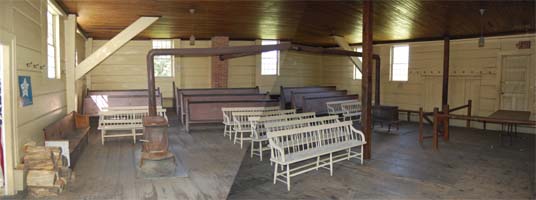
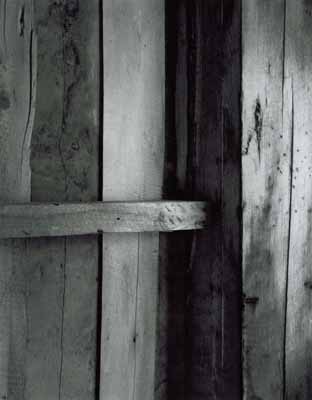
|
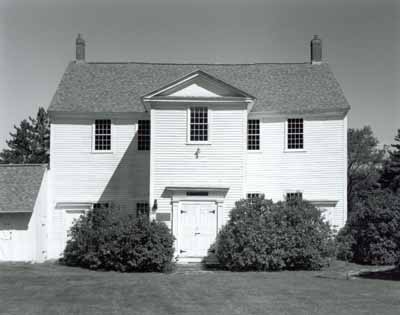
|
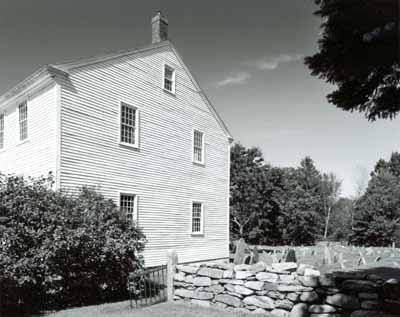
|
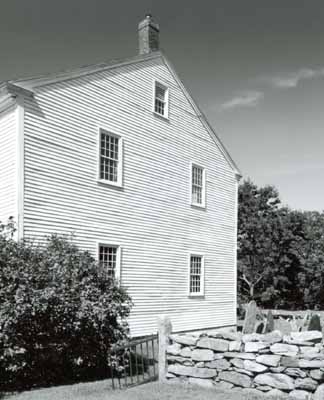
|
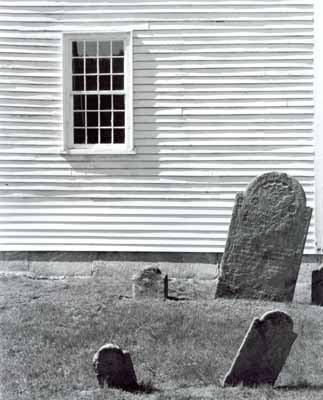
|
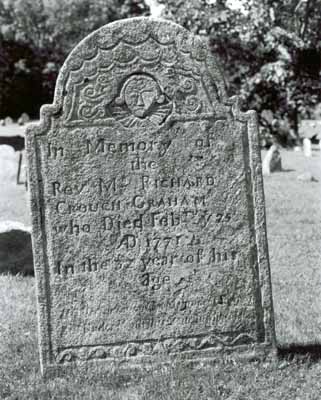
|
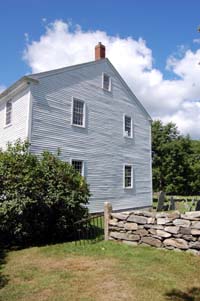 Built in 1743, the Pelham Town Hall is the oldest town hall in continuous use in the United States.
While Town Meetings have been held elsewhere in Pelham, specifically some in East Pelham between 1786 and 1822, and most at the Elementary School after 1968, at least one Town Meeting a year has probably been held in the meetinghouse since 1743.
This is an unusual and extraordinary record of direct, participatory democracy, linking together generations of Pelham residents into a single continuum.
Built in 1743, the Pelham Town Hall is the oldest town hall in continuous use in the United States.
While Town Meetings have been held elsewhere in Pelham, specifically some in East Pelham between 1786 and 1822, and most at the Elementary School after 1968, at least one Town Meeting a year has probably been held in the meetinghouse since 1743.
This is an unusual and extraordinary record of direct, participatory democracy, linking together generations of Pelham residents into a single continuum.
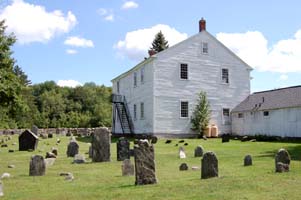 From 1743 to 1840 the meetinghouse was used for both religious services and town business, and has been used as a Town Hall for civil services since then.
While the town of Pelham was originally settled by Presbyterians, the meetinghouse has been used for periods of time by both Methodist and Calvinist congregations.
It is the only meetinghouse built between 1725 and 1750 in the Connecticut River Valley that still survives.
From 1743 to 1840 the meetinghouse was used for both religious services and town business, and has been used as a Town Hall for civil services since then.
While the town of Pelham was originally settled by Presbyterians, the meetinghouse has been used for periods of time by both Methodist and Calvinist congregations.
It is the only meetinghouse built between 1725 and 1750 in the Connecticut River Valley that still survives.
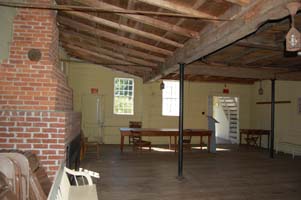 At a Town Meeting on June 20, 1776, the town "Voted by unanimous vote that we are willing to come under independency from under the yoke of the King of Great Brittan."
At a Town Meeting on June 20, 1776, the town "Voted by unanimous vote that we are willing to come under independency from under the yoke of the King of Great Brittan."
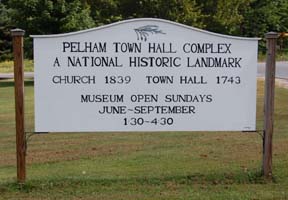 At the time of Shays' rebellion, the nation was organized under the Articles of Confederation.
Citizens were becoming angry with state government that they found to be not much better than British rule.
The Rebellion prompted the Continental Congress to convene the Constitutional Convention in Philadelphia that drafted the Constitution of the United States.
The Pelham Town Hall is one of only a few buildings connected to Daniel Shays or Shays' Rebellion still remaining in existence.
At the time of Shays' rebellion, the nation was organized under the Articles of Confederation.
Citizens were becoming angry with state government that they found to be not much better than British rule.
The Rebellion prompted the Continental Congress to convene the Constitutional Convention in Philadelphia that drafted the Constitution of the United States.
The Pelham Town Hall is one of only a few buildings connected to Daniel Shays or Shays' Rebellion still remaining in existence.